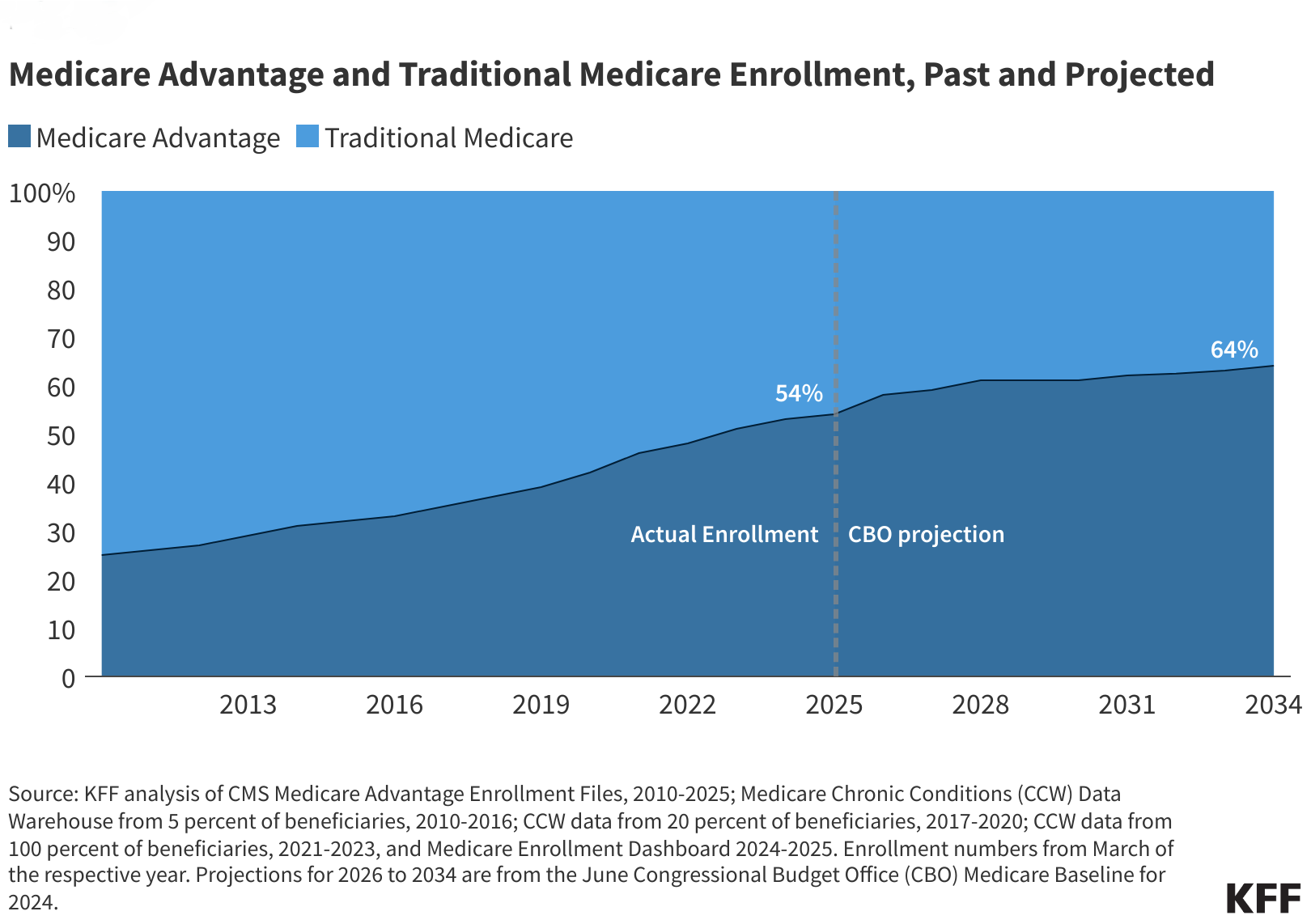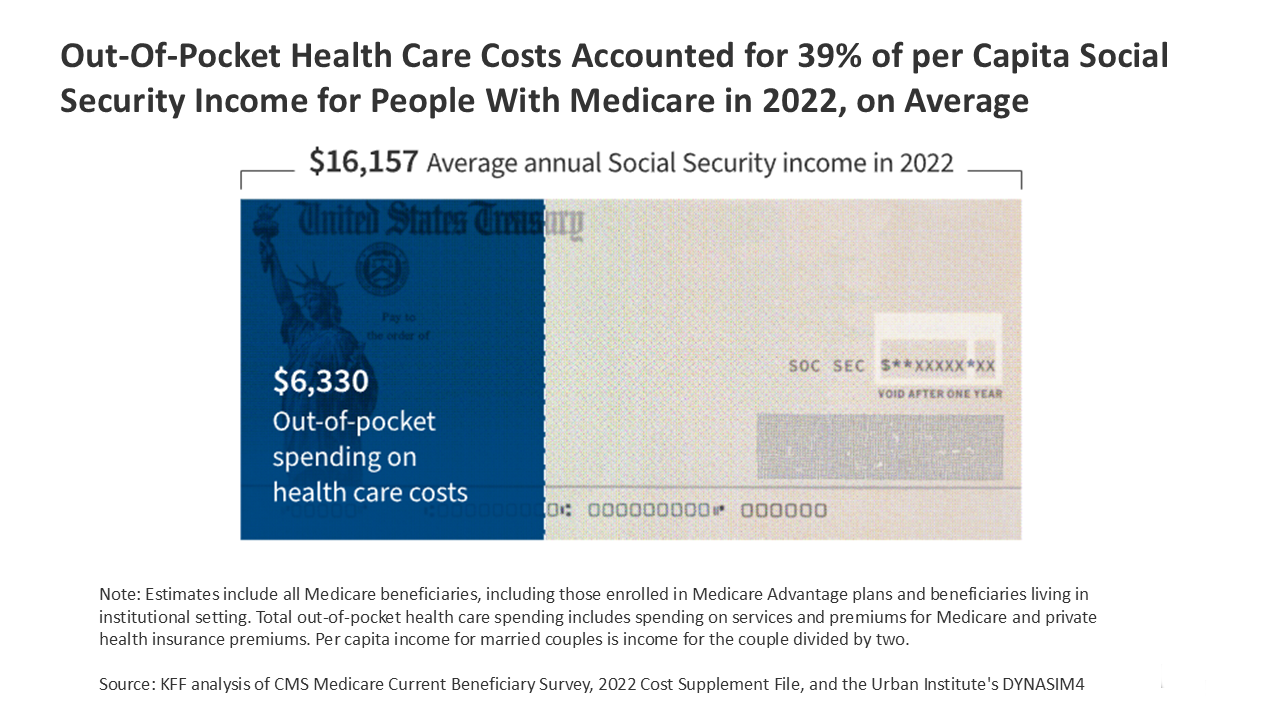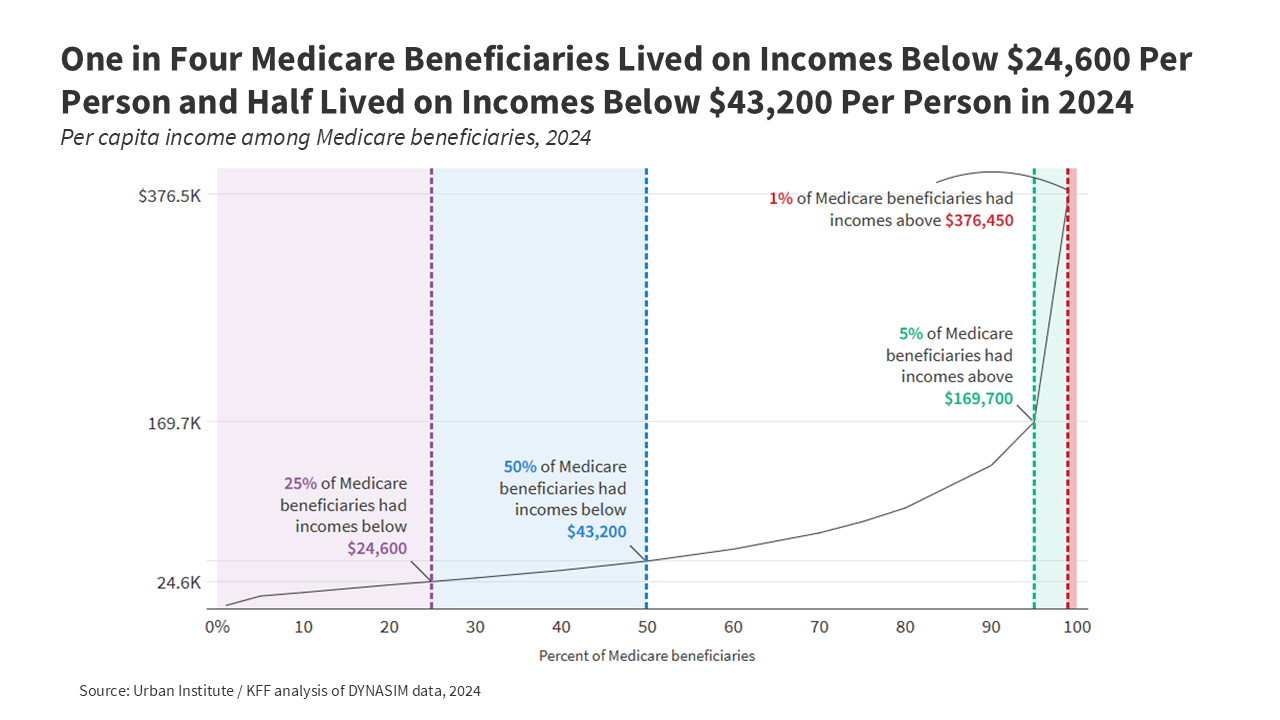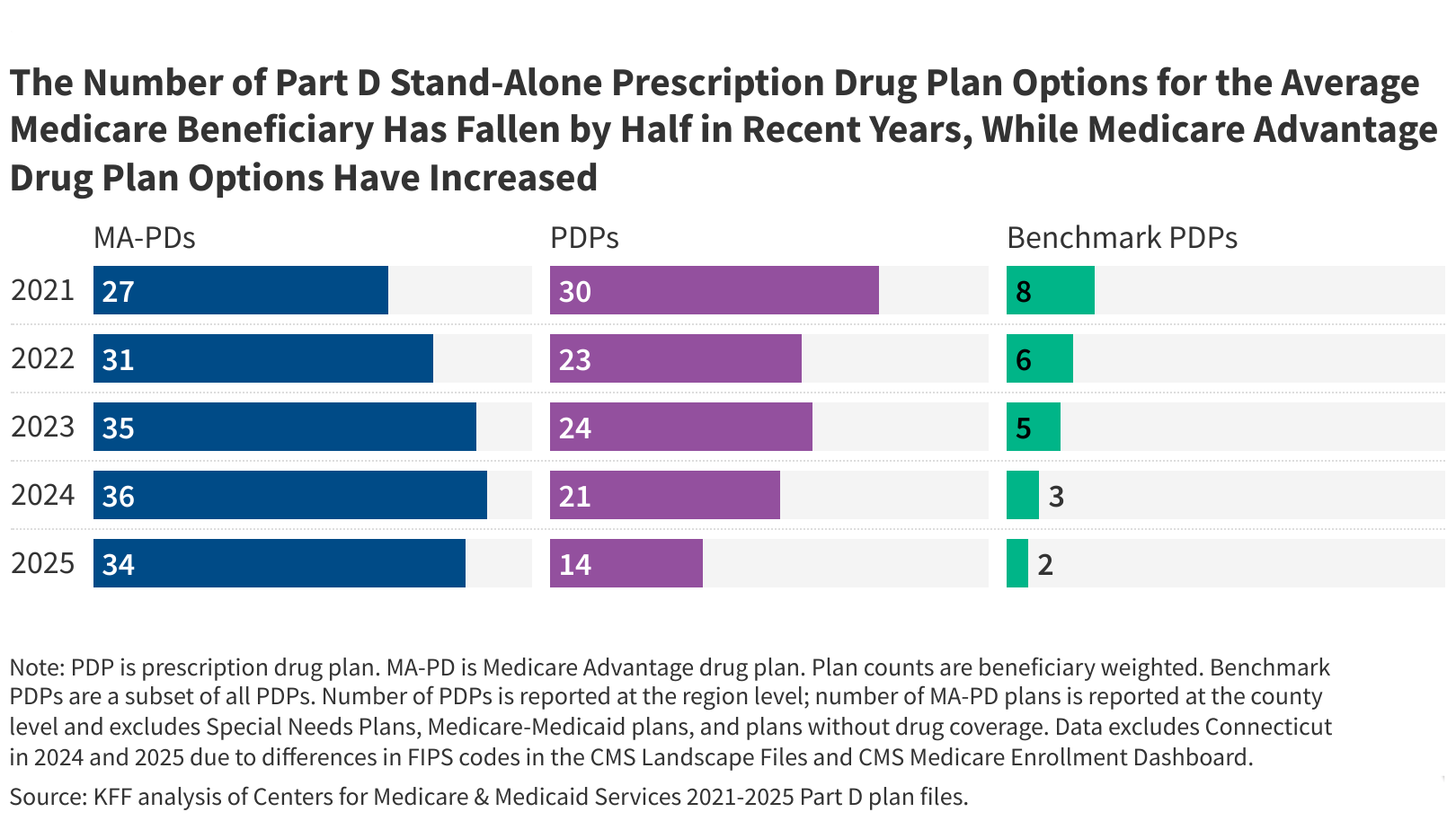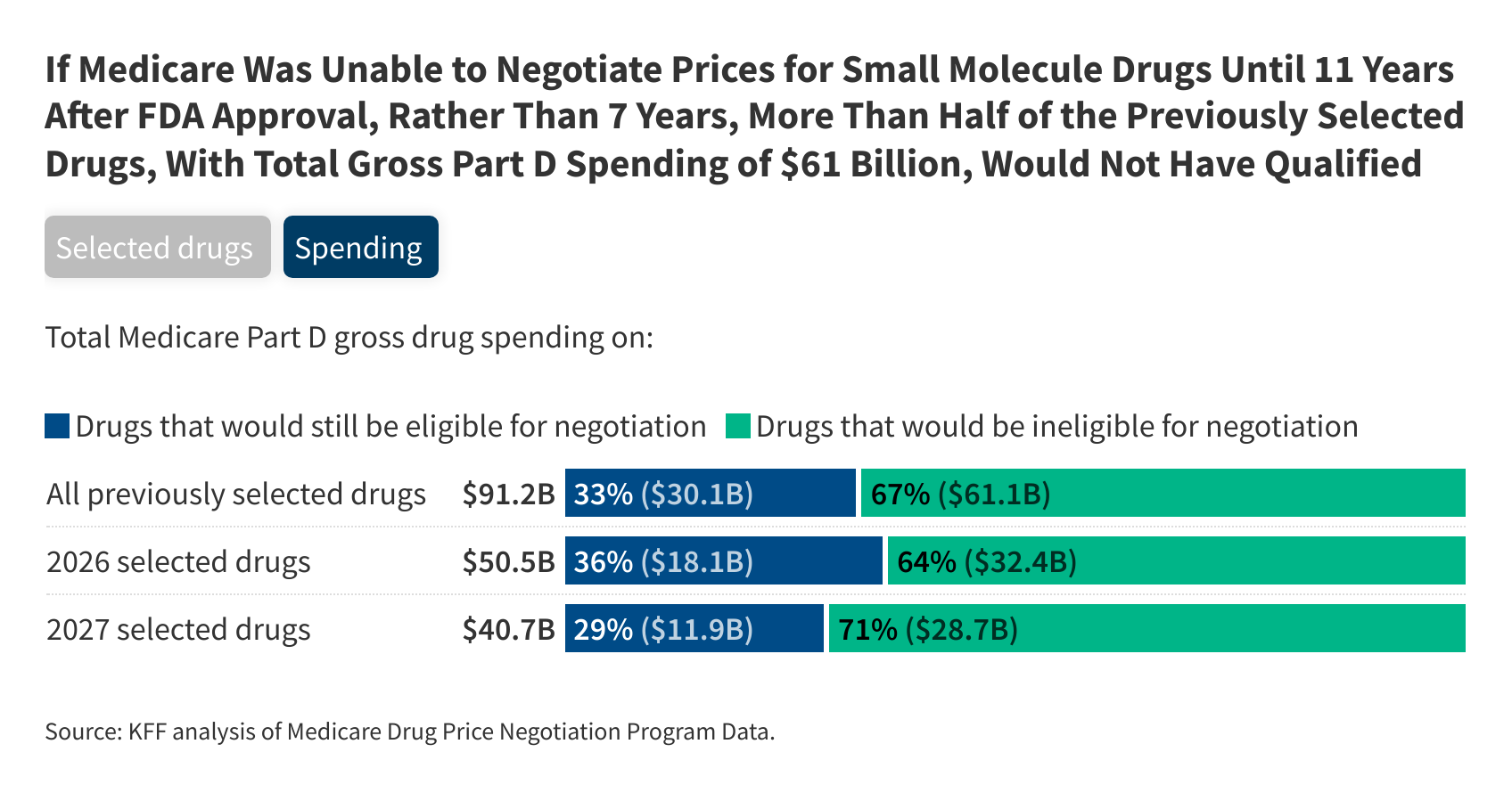Medicare Drug Plan Enrollees Would Face Average 13 Percent Premium Increase Unless They Switch Plans During Open Enrollment, New Analysis Finds
Second Analysis Finds Modest Shifts in Medicare Advantage Plan Options When Medicare's 2016 open enrollment begins Oct. 15, current enrollees in stand-alone Medicare Part D plans are projected to face an average 13 percent increase in premiums if they remain in their current plan for 2016, a new analysis finds.
